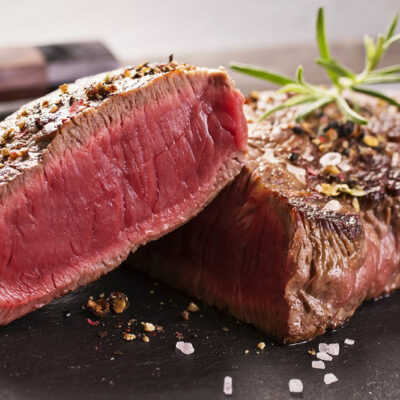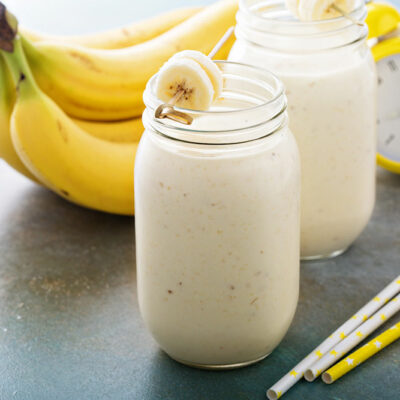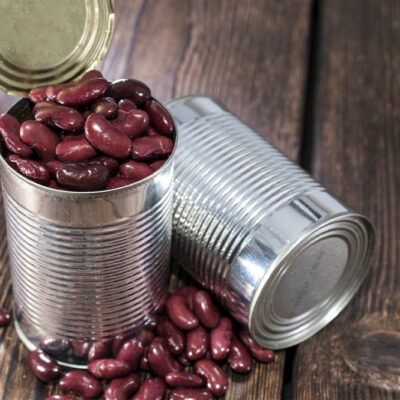
5 foods to avoid for high blood pressure
High blood pressure is one of the most prevalent health problems globally. While it is a lifelong disorder with no cure, high blood pressure can be managed through treatments and lifestyle modifications. One of the crucial aspects of managing it is eating the right foods and avoiding others. Fresh fruits, green vegetables, and whole foods are often recommended to maintain safe blood pressure levels. Equally importantly, one must avoid fried and fatty foods, among others. 5 foods to avoid that increase blood pressure Cold cuts and cured meats Salami, sausages, pepperoni, bacon, prosciutto, and hot dogs contain a high amount of sodium. The high level of sodium is necessary to preserve the meat. It also gives the cold cuts and cured meats their flavor. However, for those with high blood pressure, eating these meats on a regular basis will worsen the symptoms. Packaged sandwiches Sandwiches can be healthy meal options. However, the nutritional value and whether they are safe for high blood pressure or hypertension greatly depends on the ingredients used. Most packaged sandwiches use white flour-based bread, deli meats, cheese, pickles, and other condiments. All of these make these sandwiches high in sodium, which is bad for managing high blood pressure.
Read Article 









